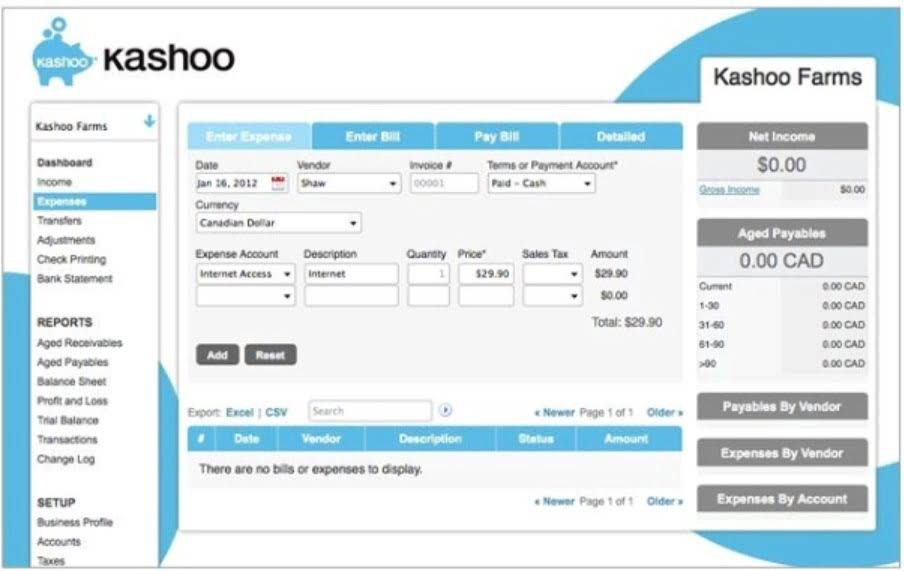
Despite the benefits and insights that vertical analysis can provide, it’s essential to acknowledge its limitations and drawbacks. Returning to our example above, a vertical analysis of Jackson Widget Company’s balance sheet would look like this. Learn how to use Excel formulas like SUBTOTAL to calculate sums, averages, and more on visible cells only, ignoring hidden or filtered data.
Calculating the Percentage of a Total
By doing this, businesses can identify areas where they are over or underperforming and adjust their strategy accordingly. This provides a basis for benchmarking against industry standards, which is how vertical analysis works. According to KPMG, companies that benchmark using vertical analysis outperform their peers by 12% in profitability.
Comparative Income Statement with Vertical Analysis Example
To overcome these limitations, it’s a good idea to use vertical analysis in conjunction with other financial analysis techniques, such as horizontal analysis or ratio analysis, as well as other financial ratios. This approach provides insights into patterns over time, highlighting increases, decreases, or trends. For example, it can help identify if a company’s accounts receivable has steadily increased over the past three years, which could indicate a problem with credit and collection policies. Ultimately, the way in which you apply a vertical analysis of your accounts to your business will depend on your organisational goals and targets. Other businesses use vertical analysis over several accounting periods to detect trends or variances. Remember, on a balance sheet, your base number is always your total assets and total liabilities, and equity.
How do you apply vertical analysis in accounting?
- This strategy can save a significant amount of time, as it shifts the focus to the areas of the company’s financials that need the most attention.
- This isn’t about hiding information or presenting an unrealistic picture; it’s quite the opposite.
- In this example of vertical analysis, you can see that you only need to use balance sheet items from a single accounting period.
- Vertical analysis makes financial statements comparable between companies of different sizes by converting line items into percentages of a base figure.
- While there was a big increase in revenue across the company as a whole in 2023, the majority of this has come from the Asian region.
Vertical Analysis using Income Statements can thus provide insights into the company’s cost structure and profitability. A research conducted by the Indian Institute of Management (IIM) found that Indian companies using vertical analysis were better able to manage their operational costs. Vertical Analysis using the Balance Sheet helps in understanding the proportion of each asset, liability, and equity item in companies. For instance, suppose the total assets of a company are Rs.100 crore and cash is Rs.10 crore, then the cash would be 10% of total assets. This allows you to see the proportional makeup of revenue and expenses over time or compare across companies.


Each item in the income statement is divided by the company’s total sales for that year (which gives us a common size income statement). Vertical analysis, when combined with other analytical methods, empowers you to make informed decisions, evaluate financial performance, and drive business success. Embrace the power of vertical analysis and unlock deeper insights into financial statements like a true expert. Vertical analysis allows you to benchmark a company’s financial performance against industry averages or leading competitors. By comparing the percentages of line items, you can identify areas of strength or weakness and gain insights into competitive positioning.

Example 1: Vertical Analysis of Income Statement
- Further, when working with large data sets, we recommend cleaning up the data to improve the overall visual representation of the analysis.
- Vertical analysis of financial statements is where each line item on your company’s financial statement is listed as a percentage of the base figure on the statement.
- These insights can then be used to make informed decisions regarding their financial strategy.
- If your vertical analysis reveals unusual trends or variances, take the time to investigate these changes.
- By doing so, we can analyze the proportions and relationships between different components of the income statement.
This offers a concise snapshot of costs, pinpointing areas that might warrant further investigation. Quickly surface insights, drive strategic decisions, and help the business stay on track. However these expenses, at the first glance, don’t seem to be significant enough to account for the large fall in net income in year 3. Given below is an example, where we have the income statement of a company (in US dollars).
Marketplace Profit and Loss Statement
You can identify trends, analyze the impact of specific expenses or revenue sources, and evaluate profitability ratios using vertical analysis. The normalization and standardization provided by converting figures into percentages of a total make vertical analysis a crucial tool for effective financial analysis and strategic decision making. vertical analysis percentage formula In vertical analysis, each line item in the financial statement is expressed as a percentage of a base figure in the same period (for example, the total assets or gross sales). However, in horizontal analysis, the relative change in a line item from one period to the next is calculated and typically presented as a percentage change.
Everything You Need To Build Your Accounting Skills
Again, keep in mind that these examples only become an issue if they occur consistently over several accounting periods, which is why it’s so important to perform vertical analysis regularly. Input the percentage against the line items calculated to see a concise view of each item’s contribution to the gross amount. Creating visually appealing charts such as bar graphs or data tables will make it easier to understand. Before conducting vertical analysis, having all the data needed for the calculation is critical.
The Income Statement
- This allows you to spot changes in the composition and proportional relationships between line items.
- Including a long-term debt or equity as a proportion of total assets ratio on the income accounts is one possible way to do this.
- There are several reasons why using vertical analysis can be advantageous for your business.
- You simply receive a concise view of your line items without performing complex calculations.
- This method proves more insightful than relying solely on generic financial ratios or industry benchmarks.
